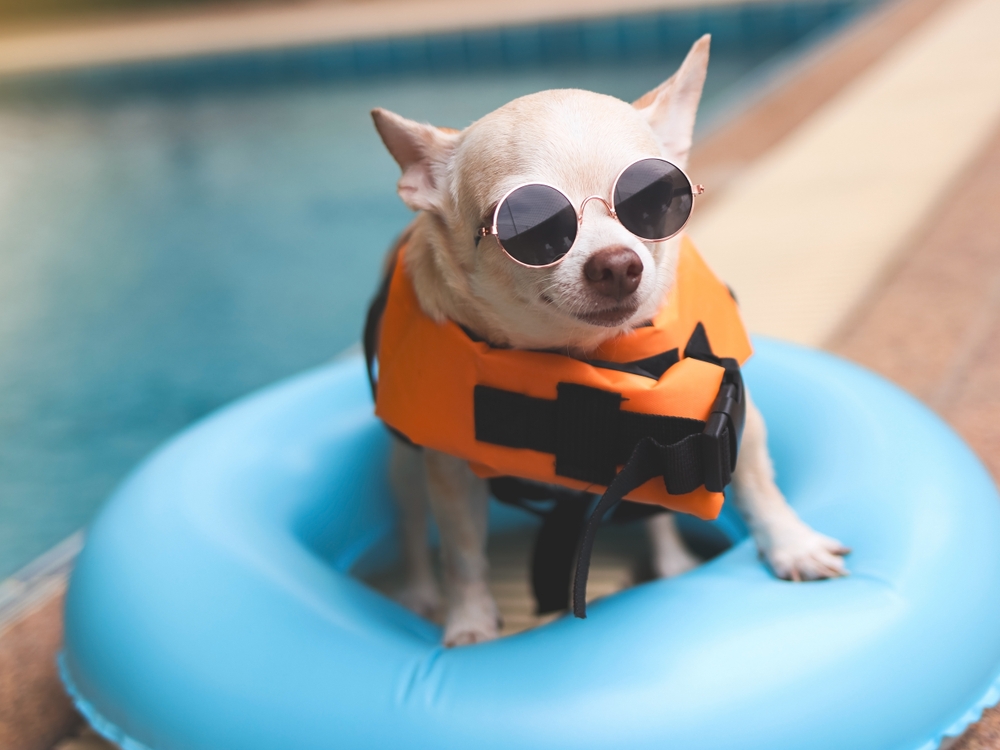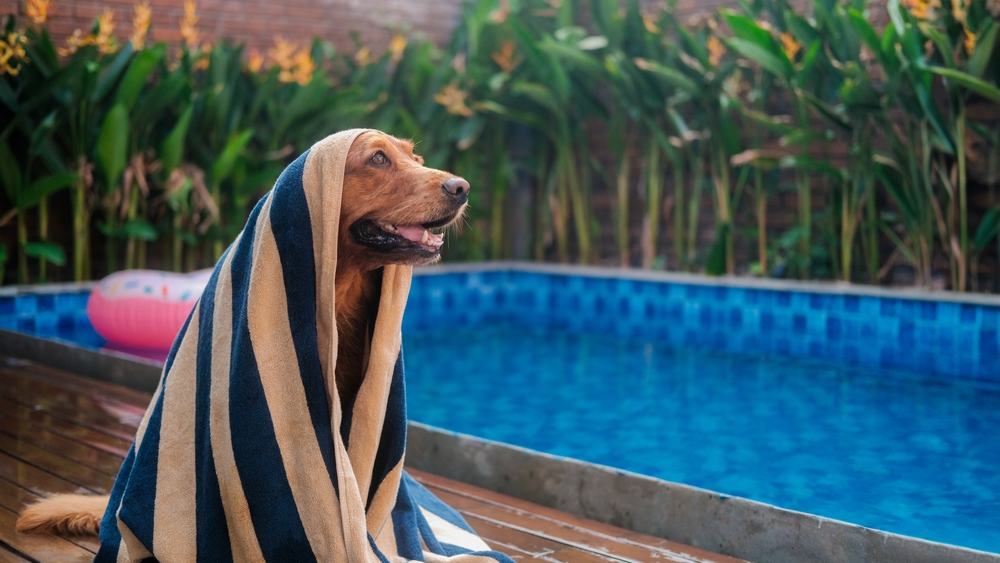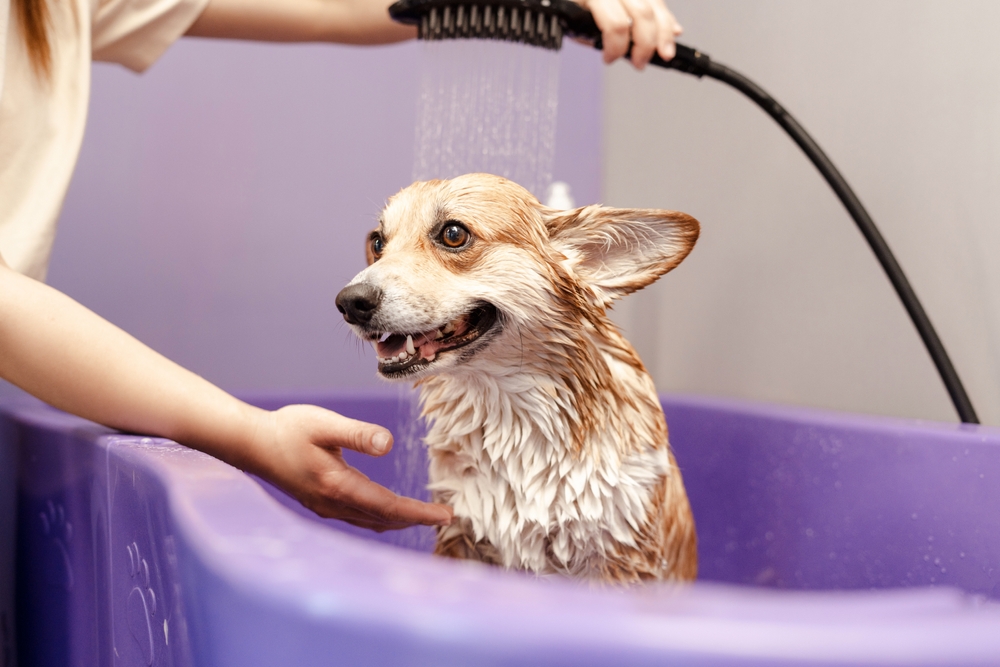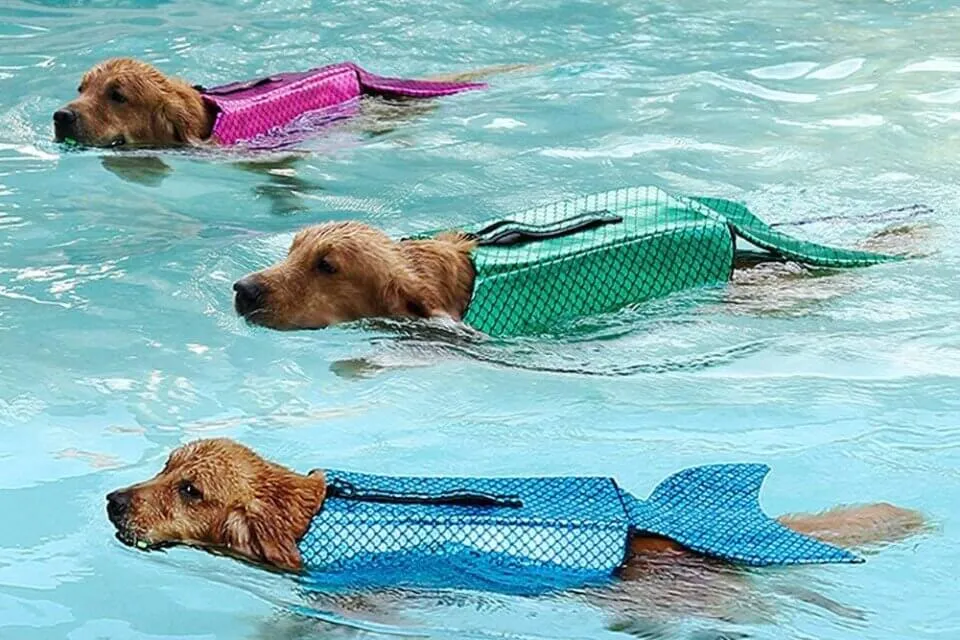Taking your dog near water—the beach, a lake, or even a backyard pool—can be a blast, but keeping them safe in and around water is essential. Not every dog is a natural swimmer, and water play has unique risks. Here’s what every dog owner should know about keeping their furry friend safe and happy on those splash-filled adventures.
Start With a Dog Life Vest

Even if your dog loves to swim, a life vest can provide extra security, especially in open water. Choose a vest that fits snugly and has a handle on top for easy grabbing in emergencies. Life vests are particularly important for smaller dogs, breeds with short legs, or dogs new to swimming. They give your dog extra buoyancy, keeping it afloat and making water play safer and more comfortable.
Introduce Water Gradually
Not every dog takes to water immediately and pushing them too quickly can lead to fear or accidents. Start by introducing them to shallow areas where they can walk and explore. Let them get their paws wet and gauge their comfort level. A gentle, slow approach allows your dog to build confidence around water, making them more comfortable when it’s time to dive into deeper areas.
Watch for Fatigue

Dogs can tire quickly in water, especially if they’re not strong swimmers. Unlike running on land, water play uses more energy, and tired muscles can lead to accidents. Keep an eye on their energy level, and bring them out for breaks to avoid exhaustion. Signs of fatigue include heavy panting, slower movements, and struggling to stay afloat. Frequent breaks help prevent them from overexerting themselves.
Be Aware of Water Conditions
Water conditions can drastically impact your dog’s safety, so always check currents, tides, and temperatures before letting them in. Rapid currents or cold water can pose serious risks, especially for smaller dogs or those unused to swimming. Stick to calm, shallow areas, and avoid spots with rough waves or strong currents. Choosing safer conditions means your dog can enjoy the water without unexpected dangers.
Rinse and Dry After Swimming

After a swim, especially in saltwater or chlorinated pools, rinse your dog thoroughly to remove any chemicals, salt, or dirt that could irritate their skin. Rinsing also prevents them from licking substances that might upset their stomach. Make sure to dry their ears to prevent infections, especially in breeds prone to ear issues. A quick rinse and dry keeps their coat and skin healthier and avoids discomfort.
Teach an “Exit Strategy”
Training your dog to recognize an exit point is crucial for water safety. Show them where the pool steps or beach access points are so they know how to get out of the water. Practicing this several times can help them feel secure and confident. Having an “exit plan” gives your dog a clear path back to dry land, reducing the risk of them becoming disoriented or stuck.
Never Assume All Dogs Can Swim

Contrary to popular belief, not all dogs are natural swimmers. Breeds with heavy builds, like Bulldogs, and short-legged pups, like Dachshunds, may struggle in the water. Even if they seem eager, assessing their swimming abilities in safe, shallow areas is crucial before letting them into deeper water. Understanding your dog’s unique capabilities ensures they’re safe and comfortable whenever they’re near water.
